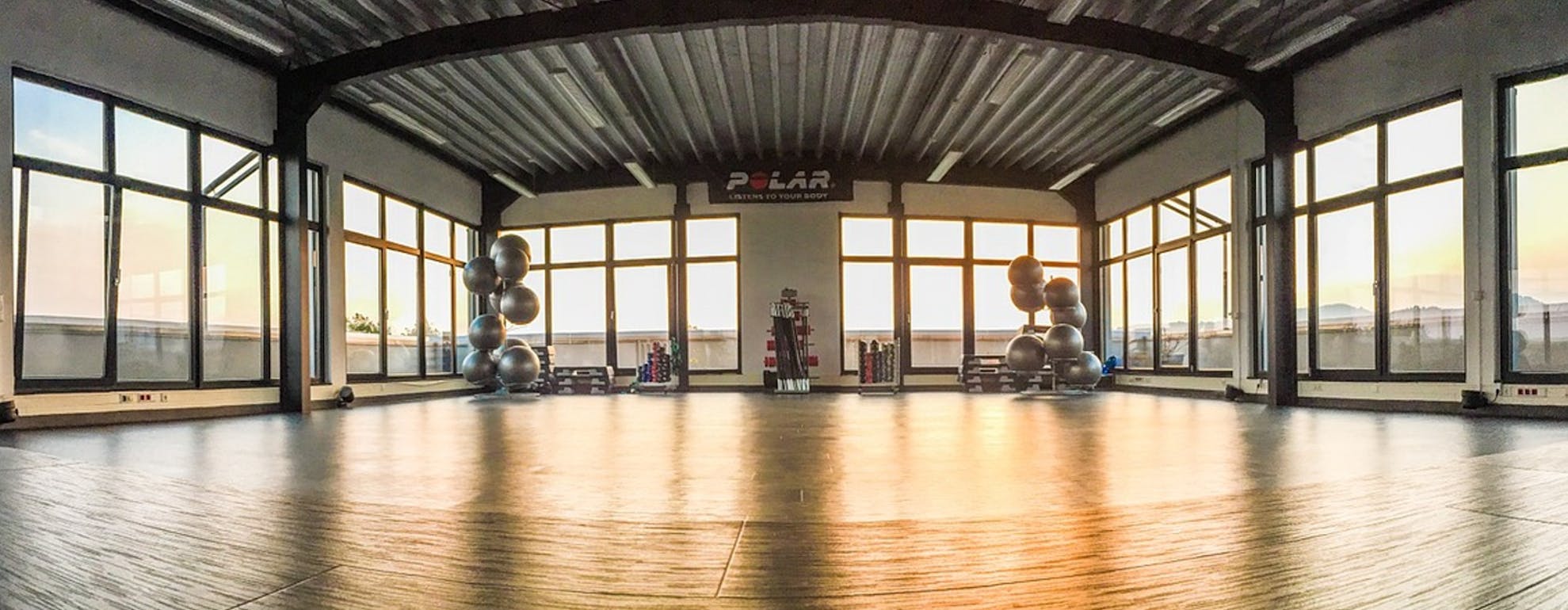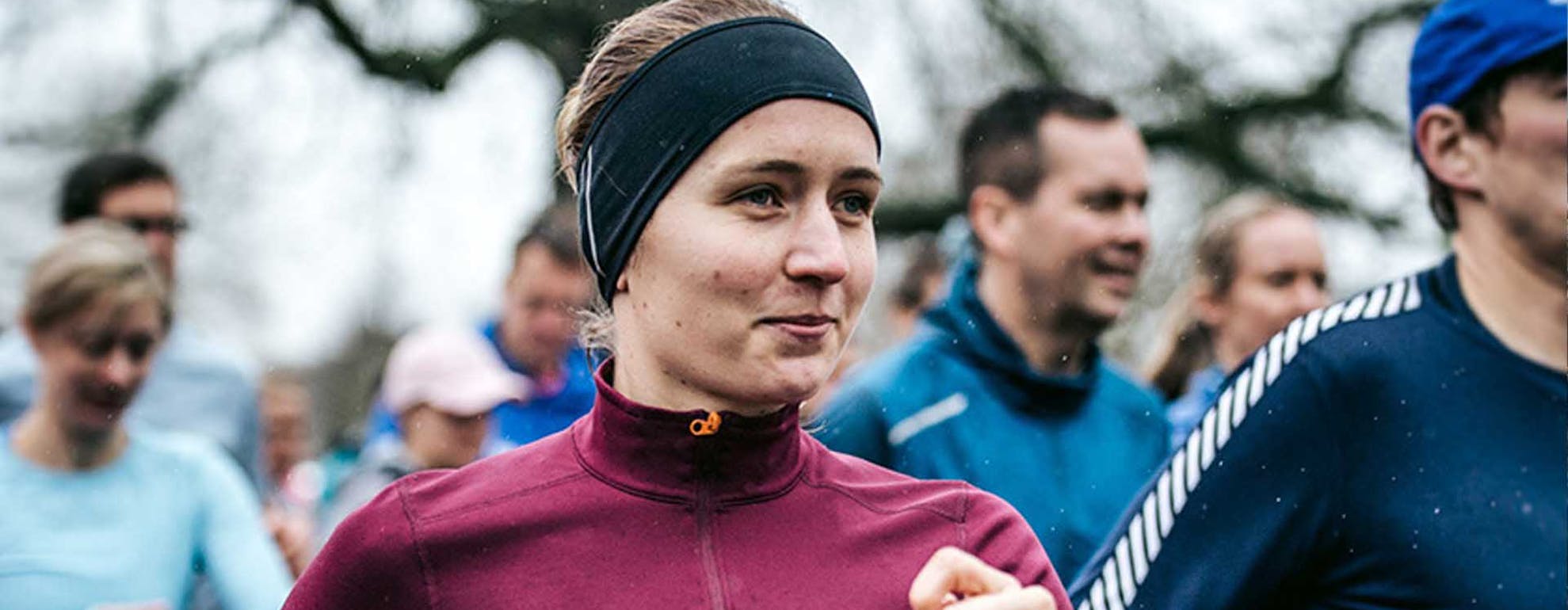
Rise of the FKT: Part 3: Le Jog
In Part 3 of this series, we take a look at the famous LEJOG challenge, including the route, its history and the recent record-breaking attempts by ultra-runners Carla Molinaro and Dan Lawson.
ㅤ
In parts 1 and 2, we covered the Bob Graham Round and The Pennine Way Challenge; check them out here in The Rise of the FKT: Part 1 and The Rise of the FKT: Part 2. Not sure what an FKT - or Fastest Known Trail - really means? Then check out our What is an FKT & How Can You Get Started guide.
ㅤ
WHAT IS LEJOG?
Not to be confused with a Frenchman going for a gentle run, LEJOG is perhaps the most ironic name ever for an ultra-distance challenge, as quite clearly, at around 830 miles in distance, this route is anything but a casual jog. Therefore, it will come as some relief to learn that LEJOG is merely an abbreviation of the route’s start and finish points: Land’s End to John O’Groats. And just to add a little variation into the mix, if you were to approach the route in the opposite direction, then you would be tackling JOGLE. Either way, and I’m sure you’ll agree, the word ‘jog’ should never be used, or associated, with this particular challenge.
LEJOG or JOGLE is undoubtedly the longest and toughest of all the ultra-distance challenges in the UK. Not just because of its mammoth distance, but because the logistics involved to attempt such an epic feat, are simply mind-blowing to say the least. It is impossible to embark on a record attempt by foot, without the help of an organised and experienced support crew. Detailed route planning, a schedule of support pacers (on foot and bike), meal planning and preparation, massages, rest and hydration are just a few examples of things that must all be meticulously planned and considered. There is very little margin for error, with the majority of record attempts cruelly ending in disappointment, as runners either slip behind schedule or are forced to abandon through illness or injury.
On average, anyone aiming to break the record must consecutively run around 80-85 miles in distance every day for almost 10 days. They must consume around 10,000 calories per day and constantly hydrate and fuel themselves throughout the entire journey. A record attempt can now only be verified with signatures by witnesses, 10 minutes of recorded running footage each day, photographs next to place names and a logbook to record distances and times.
Needless to say, this challenge takes some serious planning and incredible determination as it demands every ounce of mental and physical energy from anyone brave enough to try and tackle the route in one go.
ㅤ
THE HISTORY OF LEJOG
The first recorded journey from Land’s End to John O’Groats took place in 1871 and since then the route has been completed in a variety of different ways. The most popular mode of travel is by bicycle, but there have also been successful attempts on a handcycle, a unicycle, a skateboard and of course, on foot. However, the fastest ever recorded time is unlikely to be broken by any of the methods mentioned above. It stands at 46 mins and 44 seconds and was a journey that was unsurprisingly made by aeroplane.
ㅤ
THE RECORD BREAKERS
Until very recently, the ladies record on foot was held by Sharon Gayter in a time of 12 days, 11 hours and 6 minutes. Prior to this, the record belonged to Mimi Anderson. And it was Anderson herself who became the catalyst for the most recent women’s LEJOG attempt. Her book, ‘Beyond Impossible’, gave inspiration to GB athlete, Carla Molinaro, who, on July 16th this year, set out to make history with a world record attempt of her own.
It was also an idea born out of frustration. In her own words, ‘COVID is fully to blame for me tackling LEJOG’. With all her races and competitions cancelled this year, Molinaro instead spent just three months planning and preparing for the biggest challenge of her career, whilst the rest of the ultra-running world readied themselves for almost two weeks of serious dot-watching.
ㅤ

Photo credit: Andrea Molinaro
ㅤ
It was the physical impact on her body that proved to be the most difficult part of the challenge, describing it as the ‘hardest and most painful thing she has ever done’. During the run, Molinaro was diagnosed with cellulitis, which meant she struggled to even lift her knee and was forced to walk the final 80km to John O’Groats. She also had to contend with awful weather conditions, constantly battling with driving wind and rain. But, in a gruelling effort, which meant running almost 75 miles a day for almost 2 weeks and with around 4-5 hours of sleep each night, she successfully completed the challenge in 12 days and 30 minutes, knocking almost 11 hours off the previous women’s record. A truly incredible achievement and one which has given her the confidence to tackle even greater challenges in the future.
ㅤ
“It was so much harder than I thought it would be. I mean I knew it was going to be hard and I knew it would hurt, but I had no idea to what extent. There is no way that you could do a run like this without an incredible team behind you – my support team were amazing.
Sharon Gayter, the previous record holder, came to wish me luck and run with me for a bit which was incredible - it was lovely to have her there with me. Angela White the oldest lady to complete LEJOG, also came to run with me. I took comfort, as they both knew exactly what I was going through.” Carla Molinaro
ㅤ
We spoke to Carla Molinaro about her awe-inspiring achievement. Click here to read the full interview.
ㅤ

Photo credit: Mark Russell
ㅤ
Carla Molinaro wasn’t the only athlete inspired to take on LEJOG this summer, as fellow GB ultra-runner Dan Lawson, had his sights firmly set on breaking the overall record for this mammoth challenge. Lawson boasts an impressive ultra-running CV, he is an athlete who has broken many records and set numerous FKT’s across the globe. In 2015, he finished in second place at the 152 mile Spartathlon, ran 162 miles to be crowned the European 24-hour champion in 2016 and he once set a world record by running 521 miles on a treadmill in 7 days.
The official Guinness world record for LEJOG was set by Andy Rivett in a time of 9 days, 2 hours and 27 minutes. However, there is significant doubt over the legitimacy of this record, as his attempt lacked supporting evidence and has since been at the centre of controversy and dispute. Instead, Lawson’s aim was to beat 10 days, 2 hours and 25 minutes, a time set by Richard Brown in 1988, a benchmark widely regarded as the real FKT by the majority of the ultra-running community. But in order to achieve this onerous task and cement his name in ultra-running history, he would first need to complete a challenge that had previously defeated him in 2018.
ㅤ
The fact that I failed on my first attempt really lit my fire. I knew that when things got tough, I had more than enough mental strength to get myself through. Failure helps in every aspect of life – it’s important.’ Dan Lawson
ㅤ

Photo credit: Dave MacFarlane
ㅤ
It was clear that this second attempt would be approached in a different manner, with lessons learned from his previous JOGLE attempt. This time he would be chasing Richard Brown’s 10 day record, not the questionable 9 day record of Andy Rivett, which proved to be a key reason for his failure back in 2018. Most importantly, he approached this second attempt with more confidence and renewed vigour, a revised mantra of relentless forward momentum and above all else, an insatiable desire to succeed.
The punishing route, of course, proved to be just as difficult as expected, as he battled through sleep deprivation, intense physical pain and sheer mental exhaustion. Yet, after 9 days, 21 hours and 14 minutes, Dan Lawson made ultra-running history, becoming the first man to complete the route in under 10 days and producing one of Britain’s greatest ever ultra-running performances.
ㅤ

Photo credit: Dave MacFarlane
ㅤ
Like Molinaro, he was quick to thank his support team for the huge role that they had to play in his success. A closely-knit group of people, which included his coach, Robbie Britton, his wife, Charlotte Jalley and in true ultra-running fashion, the previous record holder, Richard Brown. For the crew, this challenge is just as demanding as the person attempting the record themselves and requires an enormous amount of time, energy and dedication from every individual involved.
ㅤ
‘When you’re training, ultra-running can often be a lonely sport, but when you attempt a challenge like this, it’s a massive team effort. And if you haven’t got the right team around you, it’s very difficult to achieve your goals. I was really lucky in this respect - my crew were amazing.
I even had Richard (Brown), the previous record holder, with me for 7 of the days – he’s into his 70’s now. It’s a bit weird, because ultimately, I’m there trying to break his record, but he’s there helping, supporting AND trying to finance the attempt as well. It really helped having him there when things got tough, especially in the least 36 hours, as he was able to recall his own experience at that stage of the challenge.
The support throughout was just wonderful. But that’s why we’re ultra-runners. Yes, it’s competitive, but we’re part of a beautiful, supportive community that helps people to realise their dreams. I really hope that I can be there in the same way for other runners as they attempt the LEJOG record in the future.' Dan Lawson
ㅤ
Dan Lawson also ran LEJOG to challenge the issue of consumerism within sport. He ran the entire length of Britain wearing second hand kit, all provided by his community interest company ReRun, whose aim and purpose is to prolong the life of running clothes and encourage more people to reduce waste by buying responsibly and recycling clothing and equipment. An important reminder to us all that if we each play our part, no matter how small the contribution, then collectively we can make a big difference.
ㅤ
ㅤ
FEELING INSPIRED?
You can find more information about LEJOG by visiting the Land’s End - John O’Groats Association website.
The Go Far website also has an extensive list of all popular and well-established ultra-distant routes in the UK, where you can find detailed information about individual routes, to help plan for long-distance challenges.
Looking for some training tips and advice? Then head over to our Training category where our athletes and experts explain everything you need to know.
Welcome
Welcome to the SportsShoes Training Hub! We’ve teamed up with athletes and experts to bring you the very best advice on how to maximise your workouts and achieve your best results.
Read More
Share this
Featured Articles
View All



